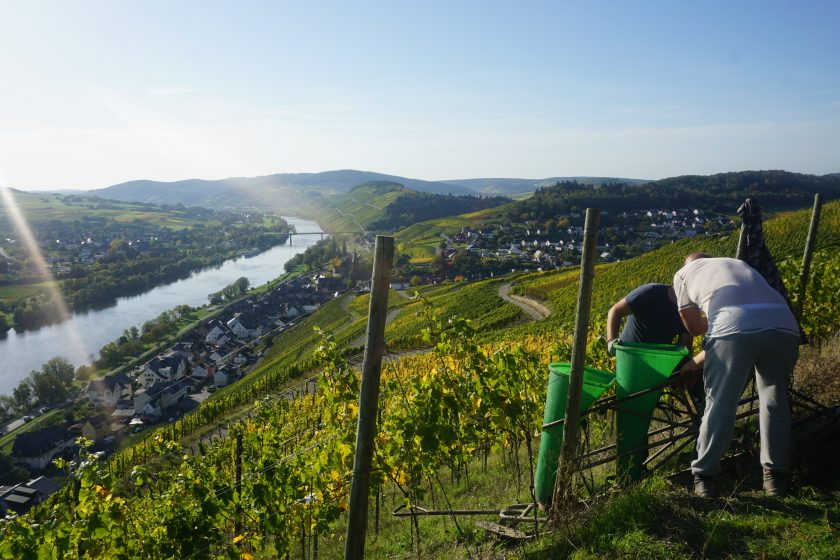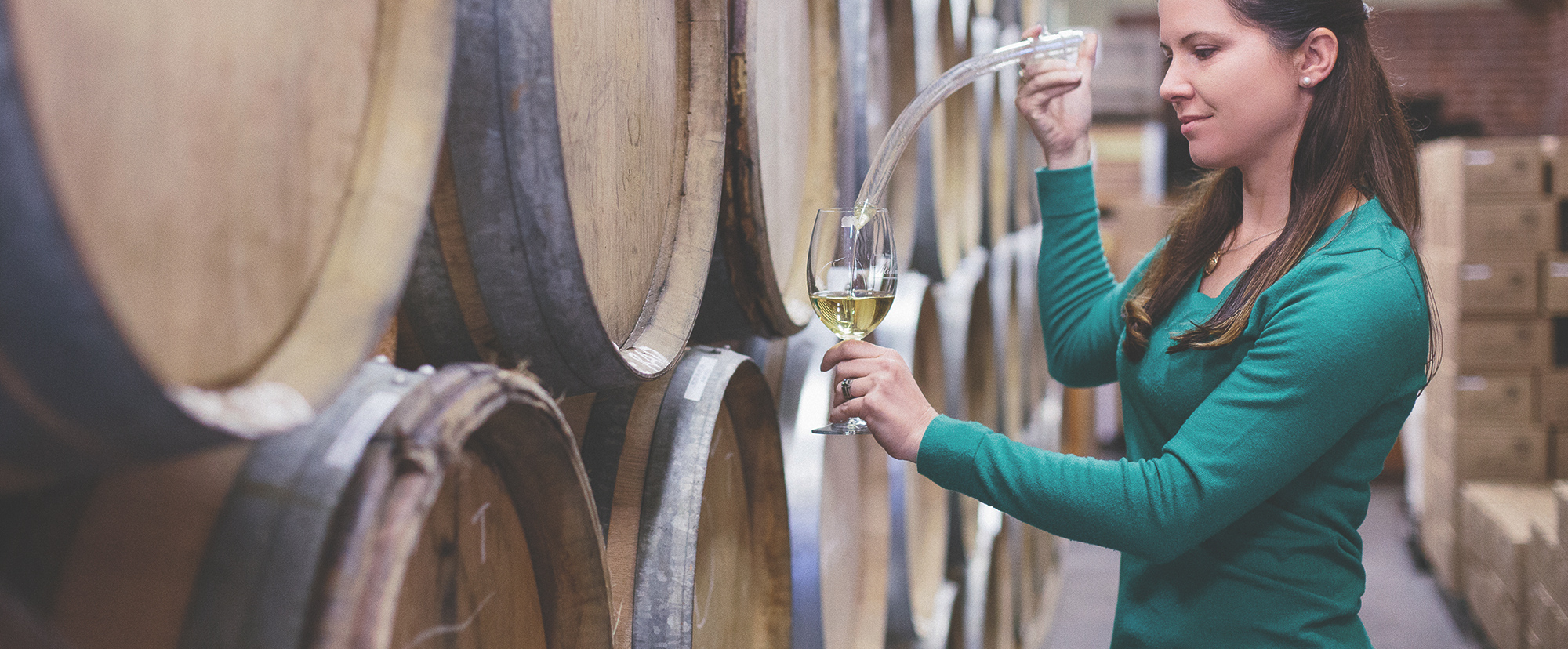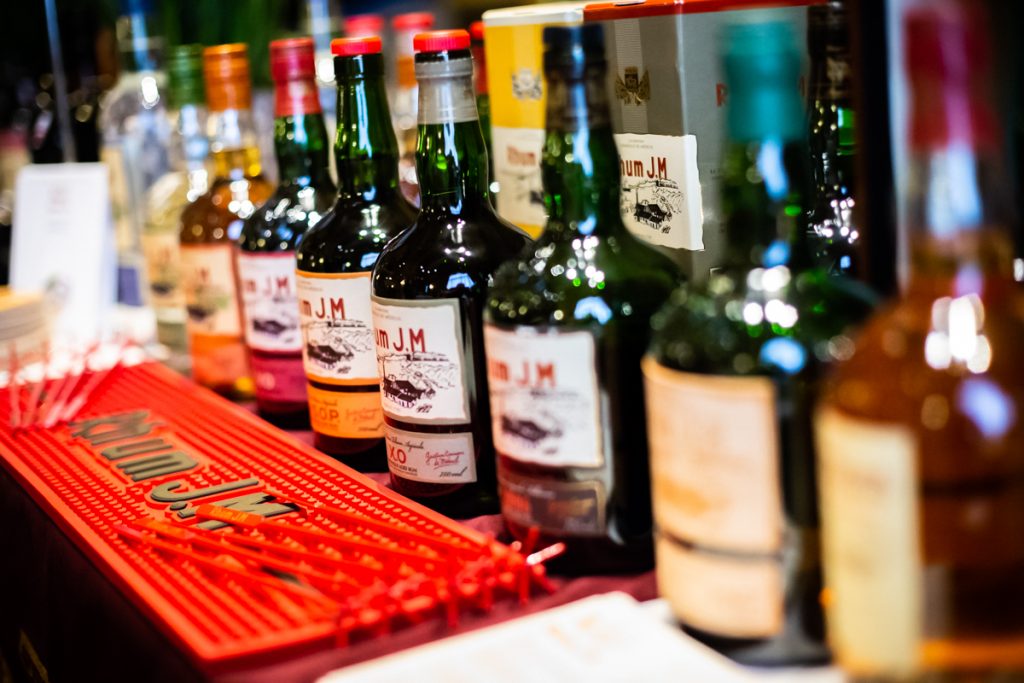2019 is an exceptional vintage in Germany. It’s a vintage that has both excellent ripeness and bright, crisp acidity. It was not the easiest vintage on our grower’s nerves; the weather patterns were more extreme than previous years and varied from region to region and even village to village. The harvest required quick decision making and long days but the hard work resulted in a beautiful array of wines. Across Germany, it’s a vintage that shows great range and depth. The wines from 2019 are a pleasure to drink now and will develop gracefully for decades.
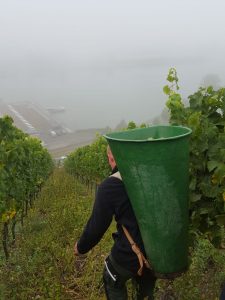 2019 has a warm, ripe character without feeling exotic or overblown. There is a solidity, a firm structure in the wines which is a commonality throughout all regions. Growers attributed this to thicker skins, a result of the warm, dry summer. The wines also show an unexpected character in their crisp, vibrant acidity. The growing season was hot and sunny, but cooler weather late in Summer and much-needed rainfall at the beginning of autumn produced wines that are profoundly delicious. This crisp character lends freshness to the wines, balancing the warmth of the growing season. Many of the 2019 wines show a freshness and snap that one would associate with a cooler year. The fruit is pure and concentrated, not aggressive or rich. The wines have savory, mineral side as well, something which growers associated with the rainfall in September, relieving the dry stress from summer and allowing the fruit to develop more slowly.
2019 has a warm, ripe character without feeling exotic or overblown. There is a solidity, a firm structure in the wines which is a commonality throughout all regions. Growers attributed this to thicker skins, a result of the warm, dry summer. The wines also show an unexpected character in their crisp, vibrant acidity. The growing season was hot and sunny, but cooler weather late in Summer and much-needed rainfall at the beginning of autumn produced wines that are profoundly delicious. This crisp character lends freshness to the wines, balancing the warmth of the growing season. Many of the 2019 wines show a freshness and snap that one would associate with a cooler year. The fruit is pure and concentrated, not aggressive or rich. The wines have savory, mineral side as well, something which growers associated with the rainfall in September, relieving the dry stress from summer and allowing the fruit to develop more slowly.
The range of wines that growers were able to produce is impressive. There are excellent wines on offer from entry-level dry wines to outstanding top-quality GGs. There are crisp and classically styled Kabinetts and monumental Auslesen. Note that we visited growers in the Nahe, Rheingau, Württemberg, and Pfalz in early March, returning home a week early and missing the Mosel and Rheinhessen part of our trip. From what we have tasted and from the discussions with our growers from those regions, we are confident that the 2019 collections from these growers will be superb.
Winter was much warmer than normal and growers were worried about another warm and very early harvest. In the first part of 2019, it was looking like 2018 all over again, the earliest harvest on record Luckily, the weather changed drastically, and late April and May were so cold a number of growers were concerned about frost. Frost did hit a few areas but this wasn’t widespread; only Andreas and Barbara Adam in Dhron noted significant damage from frost.
Flowering started normally, in the second and third weeks in June, much later than 2018. June and July brought heatwaves, with record-breaking temperatures in July. Sunburn was a problem in this vintage, though not as widespread as it was in 2018. Growers from the Mosel to the Pfalz remarked that the warm, dry summer produced thicker skins, but that the cooler late summer slowed maturation and sugar levels.
This turn in the weather helped to preserve acidity, maintaining the freshness of the wines, balancing the ripe character and structure that the summer had produced. Rain started around the 20th of September in some regions and varied widely, region to region. Harvest conditions necessitated a larger than normal team for a number of wineries as well as patience and a bit of luck.
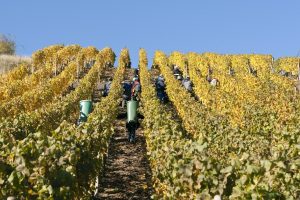
“It was a good year and you could make good wines, you just had to be careful this year – if you sorted out of the sunburned fruit first and went for harvest at the right moment, the wines are very, very good. You really had to time things well and when it was time to bring in a selection, you had to work fast,” remarked Georg Rumpf of Kruger-Rumpf in Münster-Sarmsheim in the Nahe.
At the end, I am very happy with what we produced, and really it was only possible through all of the work in the vineyard. It was a marathon vintage, with 50 people working harvest here in Oberhäusen, which is a lot – the same number of people we had in 2014,Cornelius Dönnhoff of Dönnhoff
In the Rheingau, growers said that they were spared from the rain that fell in September in the Nahe and Rheinhessen, but also commented that they were fortunate with some early ripening, making classical Kabinett wines possible. The remaining fruit, with loose clusters and thicker skins, was less prone to botrytis and the acidity stayed high. The Rheingau wines this year show the ripe character of the vintage while keeping the balance with excellent acidity. “We started harvest in the end of September for Riesling,” said Andreas Spreitzer, who produced an excellent collection this year. “The vintage is one I like very much; it has a warm-hearted character like a warm year, but great tension in the wines, like a cooler vintage.”
At Müller-Catoir in the Pfalz, Martin Franzen was very happy with the vintage, though he commented, “Every year it gets more and more complicated,” The cooler period in August was crucial for maintaining good levels of acidity and producing balanced wines. “The start of harvest for us on the 11th of September was warm,” said Franzen, “and then after the 20th of September, the weather changed totally. It became cooler and there was rain. It was like a classical German vintage of the 1980s or 1990s. After the warm and dry summer, the grapes needed the water. The berries were smaller and in tasting the fruit and then must and the wines, I was very surprised; the wines have a lot of freshness.” At Catoir, the focus in this vintage has been more on the dry wines, with just two fruity wines produced, just one Kabinett and single Spätlese.
The collection at von Winning in Deidesheim was another outstanding group of wines in this vintage and we were met by Stefan Attmann, Andreas Huetwohl, and Jochaim Jaillet, the Vineyard Manager of the estate. Attmann, the director of the estate, commented that “without Jaillet, this level of quality in this year, but really in all years, would not be possible. The vineyards are seeing more and more balance each year with the work in maintaining the health of the soils. The answer to an imbalance in weather is a balance in soil.”
In the Mosel, some growers started harvest prior to any rainfall, picking Kabinetts and basic quality dry wines in the middle of September. “These Kabinetts are what we really like to have,” said Andreas Adam. “They have a great crispiness and are real Mosel-style wines”. The main harvest in 2019 started in the last week of September, which is again an early start to the harvest in this cooler area. “When I see how early the budbreak is now, we know that this is sort of the new normal,” said Thomas Haag from Schloss Lieser. “It’s early to make comparisons, but it reminds me of 2015,” Haag commented. “The wines are racy, but also ripe with great depth.”
We had fantastic acidity levels coupled with high level of ripeness. We had well over ten grams of acidity in the fruit which is very high and sounds rather tart but coupled with excellent ripeness made for excellent juice and now delicious wines.Johannes Selbach of Selbach-Oster
Overall, the vintage was not a simple one to bring home – “a lot of sleepless nights in the cellar and long days in the vineyard at harvest” as one grower put it, but the overall quality is exceptional. The vintage overall didn’t seem to favor one single style; in the Mosel, growers are delighted with the quality of their off-dry wines in the entire range of prädikats while the Pfalz is thrilled with the balance and structure in their ripe, dry wines.
2019 is a vintage that, while still young, will provide excellent wines for the table now and the cellar for decades to come.
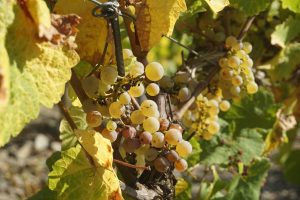
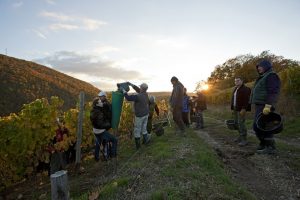
Listen to our growers detail the vintage
SCHLOSS LIESER
Video Length: 21:18
BRAUNEWELL
Video Length: 18:39
SELBACH-OSTER
Video Length: 10:02
LOEWEN
Video Length: 30:39
DIEL
Video Length: 23:01
A.J. ADAM
Video Length: 25:04
STRUB
Video Length: 7:08
CLICK HERE FOR OUR 2019 AUSTRIA VINTAGE REPORT




